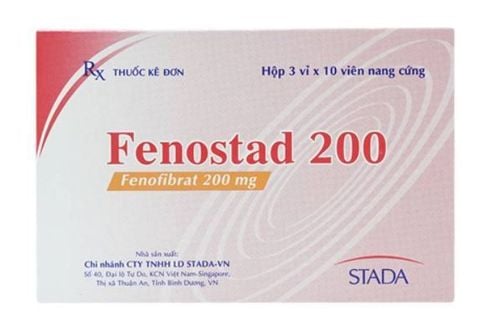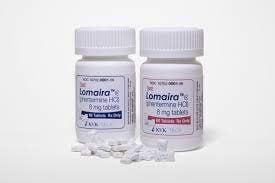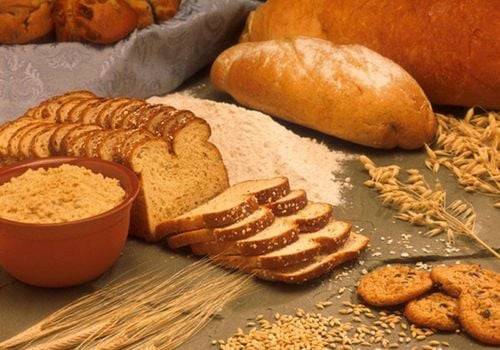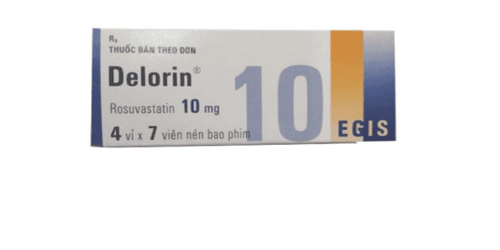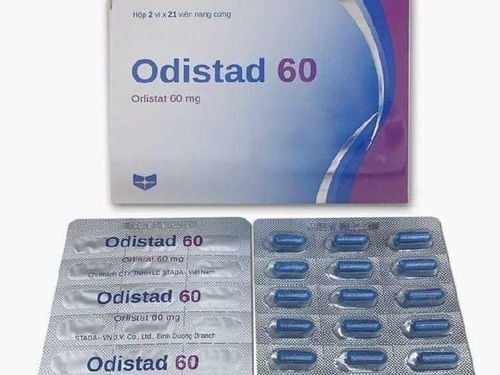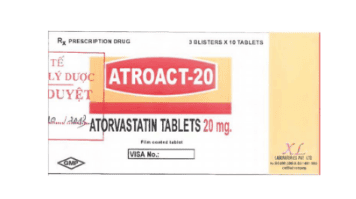This is an automatically translated article.
Known for their amazing taste and nutritional value, quinoa is considered a must-have superfood in many diets. However, for some reason, some people still have a quinoa allergy. So what is the cause?1. Overview of quinoa seeds
Quinoa is a delicious, nutritious, and popular seed in South America. This grain is also known as a pseudocereal (pseudocereal), with flavor and properties similar to common grains. Quinoa is also low in sodium, high in fiber, protein, water, carbohydrates, calcium, potassium and iron, making quinoa a healthy and nutritious choice in any diet.But for some people, eating quinoa seeds can cause typical symptoms of food allergies such as: abdominal pain, itchy skin, hives.... Quinoa seeds and coatings contain compounds. Saponins cause these symptoms.
If you have a quinoa allergy or sensitivity to saponins, that doesn't mean you have to miss out on healthy recipes. You can soak quinoa with water to remove the coating or replace it with other healthy grains.
MORE: Food allergies: Things to know
2. Quinoa nut allergy signs
If you are allergic or intolerant to Quinoa seeds, you may have the following symptoms:Dermatitis, pneumonia and gastrointestinal inflammation. Asthma-like symptoms such as difficulty breathing, wheezing, coughing, or chest tightness. Itchy. Eczema Eczema. Nausea, vomiting. Stomachache. Diarrhea. As with other allergies, eating quinoa can also cause some serious allergic reactions such as:
Increased heart rate. Pale skin. Low blood pressure . Face swelling. Breathless. There have been some documented cases of quinoa intolerance or allergy after eating quinoa for some time. This is usually due to saponin, a chemical found in the coating of quinoa seeds. On the other hand, symptoms of allergy or intolerance can also occur due to a reaction to the protein or oxalate present in the quinoa seeds.
Saponins often have a bitter taste, have the effect of protecting the quinoa plant from attack by bacteria and fungi, so they often contain toxins that can cause irritation and other problems in sensitive people. If you are unfortunately allergic to saponins, it is recommended to wash the seeds before eating. You should soak your quinoa for at least 30 minutes and rinse it several times before cooking, this will help remove the coating that contains saponins and make it safer to eat quinoa.

Viêm da, buồn nôn, nôn là một trong những triệu chứng dị ứng Quinoa
3. Foods to Avoid and Quinoa Alternatives
If unfortunately have a quinoa allergy, many people tend to avoid eating foods with quinoa and interacting foods to avoid irritation. In fact, you can replace quinoa with lots of other healthy grains.3.1. Cross-reactive foods Quinoa is in the same family as spinach, beets, and Swiss chard. This means that they are related, so if you have an allergic reaction to Quinoa, you are likely to have a similar allergy to the above foods.
3.2. Foods to Avoid When you have a quinoa allergy, you should avoid eating related foods made from quinoa such as: certain flours, soups, breakfast cereals or combination dishes such as mixed rice, mixed rice. Cam.
If the allergy is caused by Saponins, the list of foods to avoid increases. Saponins are commonly found in foods such as chickpeas, soybeans, amaranth seeds, and legumes such as peanuts, kidney beans, and navy beans. Eliminating these foods from your diet entirely may not be easy, so monitor your body's response to eating certain legumes or nuts to decide whether to completely eliminate them from your diet. diet should be limited.
3.3. Alternative food suggestions If you can't eat quinoa, there are many other options to incorporate into your diet such as:
Buckwheat: Buckwheat is very nutritious and provides a lot of energy. With a higher fiber and protein content than Quinoa, you can use buckwheat to make a variety of dishes such as chocolate chip cookies, savory crepes, buckwheat porridge, buckwheat milk...etc. Millet : Millet is a member of a group of gluten-free grains known for their healthful properties. Millet is rich in carbohydrates and antioxidants, but it has half the fiber content of quinoa. You can use millet seeds for millet porridge, millet cakes, lotus seed millet tea or as a variation for rice dishes. Barley: Considered a superfood for people with diabetes, because they are high in fiber and potassium. Barley also has less fat than Quinoa. The nutty flavor of barley makes them the perfect choice for salad dressings, barley burgers or soups. Wheat: Wheat has the same amount of protein as quinoa but less than half the fat content. Wheat has a nutty flavor and is easy to eat, which goes well with a variety of salads. Freekeh: Freekeh is a grain rich in fiber and protein from the Middle East. They are young green wheat that is harvested before ripening, then carefully roasted to remove the straw and husk. You can use Freekeh in a number of dishes such as salads and curry soups.
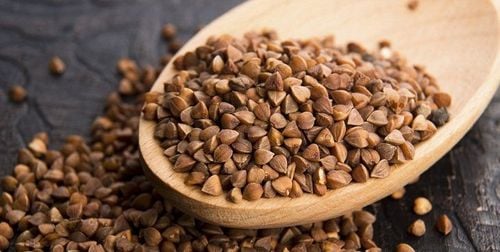
Bạn có thể dùng kiều mạch thay thế nếu bị dị ứng Quinoa
4. When is a Quinoa allergy dangerous?
As with any other food allergy, some people may experience mild to severe reactions after eating quinoa, depending on their medical condition. In very rare cases, a severe allergy can lead to anaphylaxis. To avoid undesirable consequences, you should see your doctor immediately if you have symptoms of an allergic reaction to Quinoa. If it's just a minor reaction, your doctor will likely prescribe an antihistamine for you to take. If you have a serious reaction, you will be taken to the emergency room and given an Epinephrine (or EpiPen) injection.If you have a quinoa nut allergy, you may consider eliminating (or replacing) from your diet to prevent future allergic reactions. While mild allergic reactions are easier to manage, severe reactions can be life-threatening. If your problem is just saponin intolerance you can continue to eat quinoa seeds, but be sure to wash and soak the seeds clean before processing.
Understanding the ingredients and nutritional values will help you use Quinoa seeds safely and for the right purpose. Do not forget to visit the website of Vinmec International General Hospital for more information on health and nutrition.
Please dial HOTLINE for more information or register for an appointment HERE. Download MyVinmec app to make appointments faster and to manage your bookings easily.
Reference source: healthline.com



